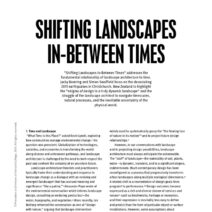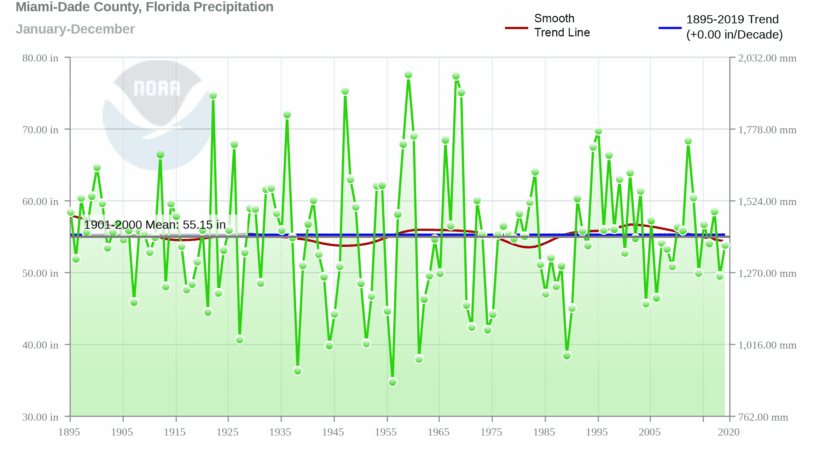Miami, Florida, often referred to as the “Magic City,” is famed not only for its vibrant culture and diverse communities but also for its distinct and somewhat tropical climate. The city, located in the southeastern corner of the state, boasts a climate that exhibits a meld of characteristics. This milieu can be attributed primarily to its geographical position next to the Atlantic Ocean, which plays a pivotal role in defining its weather patterns.
Miami experiences a tropical monsoon climate (Am) according to the Köppen climate classification. This classification is characterized by a distinct dry season in the winter months and a pronounced rainy season during the summer. The city’s climatic profile can be broken down into several key components: temperature, precipitation, humidity, seasonal variations, and extreme weather phenomena.
Temperature
Miami’s temperature is perhaps one of its most alluring attributes. The city basks in a warm, tropical climate characterized by high temperatures year-round. Average daily temperatures hover around 75°F (24°C) in winter and reach an average of 90°F (32°C) in summer. The warm ocean currents and the influence of trade winds contribute to this mild temperature fluctuation.
In the summer months, daytime temperatures can reach beyond 90°F, especially in July and August. However, the evenings provide some respite as the temperatures drop slightly. The winter months typically see daytime temperatures ranging from the mid-70s°F (around 24°C), making Miami a haven for those escaping colder northern climates.
Humidity is a significant factor in the perceived temperature, especially during the summer months. The humidity levels can soar, creating a sultry atmosphere that influences daily activities. This high humidity is exacerbated by the coastal location, as the ocean evaporation adds moisture to the air.
Precipitation Patterns
Miami’s precipitation patterns are largely dictated by the seasonal shifts. The distinct rainy season runs from May through October, coinciding with the city’s hot summer months. During this period, rainfall is abundant, with June and August often registering the highest levels of precipitation, averaging around 7-8 inches per month.
The rainy season can often be tumultuous, showcasing Miami’s characteristic afternoon thunderstorms. These thunderstorms may roll in quickly, bringing intense rain, thunder, and lightning. They can be both a boon and a bane; while they provide much-needed relief from stifling heat, they can also cause localized flooding and disrupt outdoor activities.
Conversely, the winter months typically experience a dry spell, with January and February often seeing vastly reduced precipitation levels. The dry season can bring about several weeks of clear skies, further contributing to the allure of Miami as a winter-time retreat.
Humidity and Its Effects
Humidity levels in Miami contribute significantly to the overall climate experience. The relative humidity can reach impressive levels, averaging 70-90% in the summer. High humidity magnifies the perceived heat, causing discomfort during the peak hours of the day. Residents and visitors alike tend to engage in water activities or seek shade during the hottest parts of the day.
On the flip side, the high humidity also promotes flourishing flora and fauna. The lush tropical landscape is a defining trait of Miami, showcasing dense mangroves, palm trees, and vibrant plant life. The unique ecosystem plays a vital role in Miami’s charm but also necessitates careful environmental stewardship to mitigate the impacts of climate change.
Seasonal Variations
Miami’s seasons are less pronounced compared to more temperate regions. Still, there exists a dichotomy between the dry and wet seasons that significantly influences local life. The winter months attract droves of tourists escaping the cold, filling parks, beaches, and attractions. Conversely, summer is bustling with activities, albeit marked by sporadic torrential downpours.
During summer, locals adopt various strategies to navigate the frequent thunderstorms, including keeping umbrellas handy and planning outdoor events for the morning hours. The weather can shift from sunshine to raining within minutes, prompting a certain spontaneity in regard to outdoor plans. Winter, characterized by pleasantly mild weather, draws people to outdoor festivals, art shows, and nightlife, allowing for a vibrant social atmosphere.
Extreme Weather Events
While Miami enjoys a tropical climate, it is not immune to extreme weather events, particularly hurricanes. The Atlantic hurricane season, which runs from June 1 to November 30, poses a serious threat to the city. Hurricanes can cause significant disruption, prompting evacuations and emergency preparedness measures. Miami’s infrastructure has been raised and modernized over the years to withstand such threats; however, the looming specter of climate change raises concerns about the increasing frequency and intensity of these storms.
The city employs rigorous monitoring and preparedness strategies, emphasizing the importance of community resilience in combating these climatic threats. The intersection of urban development and climate resilience remains a focal topic of discussion among local authorities and community leaders.
Conclusion
The climate of Miami, Florida, is a testament to the interconnectedness of nature, geography, and human experience. Its blend of sunshine, summer thunderstorms, humidity, and seasonal variations creates a dynamic environment that shapes the lives of its residents and draws millions of visitors each year. Understanding and engaging with Miami’s climate challenges and the unique attributes it presents is essential in fostering a sustainable future for this vibrant city. Through awareness and environmental stewardship, both locals and visitors can cherish and protect the marvelous climate that defines Miami.







